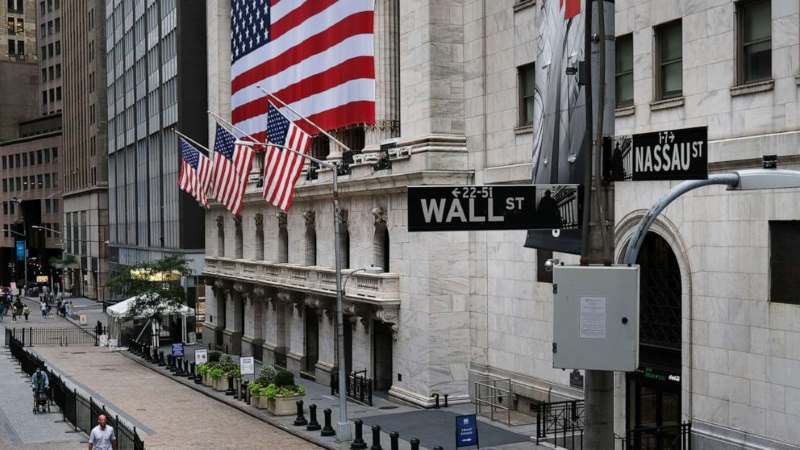Economy
Wall Street Adjusts to Fed’s Actions and Trump’s Policies
Wall Street is adjusting predictions for U.S. Treasury yields, expecting a decline in short-term yields in 2025. This comes despite uncertainty around President-elect Donald Trump’s trade and tax policies. Strategists are particularly focused on the Fed’s future actions. Most forecast a drop in the two-year Treasury note’s yield, which is sensitive to interest rate changes. These adjustments reflect broader concerns about the economy and policy shifts.
JPMorgan’s Outlook for Rate Cuts
A JPMorgan Asset Management team, led by David Kelly, believes investors will focus on rate cuts next year. However, they caution that the Federal Reserve will likely maintain its easing strategy into 2025. Despite a more cautious outlook, the Fed will continue to ease. The team stated in its annual forecast that the cycle will be shallower.
Federal Reserve Signals Fewer Rate Cuts
At its recent meeting, the Federal Reserve indicated fewer rate cuts than previously anticipated. This shift complicates predictions for Treasury yields. The change is particularly relevant for short-term debt, which is impacted by rate expectations. Fed officials project a modest half-point reduction in rates for 2025. This aligns with Wall Street’s expectations for the two-year yield to fall by at least 50 basis points.
Yield Curve Dynamics and Long-Term Debt
The yield curve has steepened to its sharpest level since June 2022 following comments from Chairman Jerome Powell, who emphasized the need to address inflation before further rate cuts. “Any steepening will be driven by the long end of the curve,” noted Tracey Manzi, senior strategist at Raymond James, highlighting that long-term yields are more susceptible to shifts in policy and inflation expectations.

OpenAI Unveils o3 Model Advances in Artificial Reasoning
OpenAI unveils o3 model, featuring advanced and human-like reasoning surpassing previous iterations. This innovation elevates…
Forecasts for Two-Year and Ten-Year Yields
Among 12 strategists, the median forecast suggests the two-year Treasury yield will fall to 3.75% by the end of 2025. This would represent a drop of 50 basis points. For the 10-year Treasury, analysts expect a more modest decline, with yields reaching around 4.25%. Some strategists, like Noel Dixon from State Street, predict the 10-year yield could exceed 5%. This forecast is driven by inflation and labor market conditions.
Factors Supporting Elevated Long-Term Yields
Despite expectations for short-term rate cuts, long-term Treasury yields may remain elevated. Barclays analysts, led by Anshul Pradhan, cite factors like a high neutral rate, inflation risk premiums, and substantial net issuance of bonds, which could pressure long-term yields. They predict that the 10-year yield will likely remain within a range of 3.8% to 4.7%, barring significant economic shifts.
Trump’s Policies Could Alter Market Expectations
President-elect Trump’s trade and tax policies pose a key risk for Wall Street. Analysts suggest that higher tariffs could slow economic growth. Stricter immigration policies might fuel inflation, adding pressure on the Federal Reserve’s actions. Wall Street closely monitors these policies’ potential impact on the economy. The Federal Reserve may need to adjust its approach in response.
Diverging Views from Major Banks
Morgan Stanley and Deutsche Bank present opposing outlooks on the bond market. Morgan Stanley predicts an “unexpected bull market.” It forecasts the 10-year yield dropping to 3.55% by December 2025. In contrast, Deutsche Bank expects no rate cuts and forecasts a rise to 4.65%. Both institutions anticipate different economic conditions influencing the bond market’s future.


